Sustainability Initiatives
The Crab Market is increasingly influenced by sustainability initiatives aimed at preserving marine ecosystems. As consumers become more environmentally conscious, there is a growing demand for sustainably sourced crab products. This shift is reflected in the implementation of stricter fishing regulations and certifications, such as the Marine Stewardship Council (MSC) label. In 2025, it is estimated that sustainably sourced crab could account for over 30% of total market sales. This trend not only appeals to eco-conscious consumers but also encourages producers to adopt responsible fishing practices, thereby enhancing the overall reputation of the Crab Market.
Rising Health Consciousness
Rising health consciousness among consumers is driving demand for crab products, as they are perceived as a healthy source of protein. The Crab Market benefits from the increasing awareness of the nutritional value of crab, which is low in fat and high in essential nutrients such as omega-3 fatty acids. In 2025, it is projected that the demand for crab meat will rise by approximately 10%, particularly among health-focused consumers. This trend is further supported by the growing popularity of seafood in diets, as more individuals seek alternatives to red meat. Consequently, the Crab Market is likely to experience a surge in sales as it aligns with health trends.
E-commerce Growth and Online Sales
The rapid growth of e-commerce is transforming the Crab Market by providing consumers with convenient access to a variety of crab products. Online platforms are increasingly becoming a preferred shopping method, allowing consumers to purchase fresh and frozen crab directly from suppliers. In 2025, it is estimated that online sales of crab products will account for nearly 20% of total market revenue. This trend is particularly appealing to younger consumers who value convenience and variety. As e-commerce continues to expand, it is likely to reshape distribution channels within the Crab Market, fostering competition and innovation among suppliers.
Culinary Trends and Gourmet Experiences
Culinary trends emphasizing gourmet dining experiences are significantly impacting the Crab Market. As consumers increasingly seek unique and high-quality dining options, crab dishes are gaining prominence in upscale restaurants and gourmet food markets. The rise of food influencers and social media platforms has further amplified this trend, showcasing crab as a delicacy that appeals to food enthusiasts. In 2025, it is anticipated that the premium segment of the crab market will grow by 15%, driven by the demand for innovative recipes and dining experiences. This shift not only enhances the market's appeal but also encourages chefs to experiment with crab in diverse culinary applications.
Technological Advancements in Aquaculture
Technological advancements in aquaculture are reshaping the Crab Market by improving production efficiency and sustainability. Innovations such as recirculating aquaculture systems (RAS) and selective breeding techniques are enabling crab farmers to increase yield while minimizing environmental impact. In recent years, the aquaculture sector has seen a growth rate of approximately 5% annually, with projections indicating that this trend will continue. As these technologies become more accessible, they are likely to enhance the competitiveness of farmed crab against wild-caught varieties, thereby influencing consumer preferences and market dynamics.


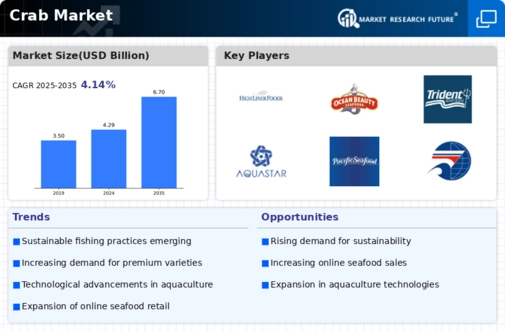
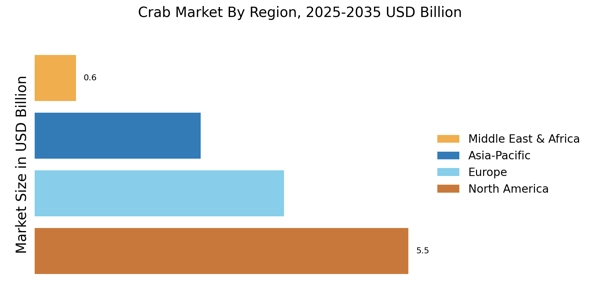
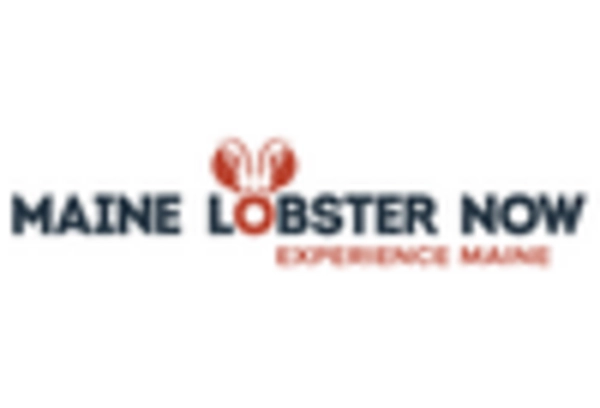
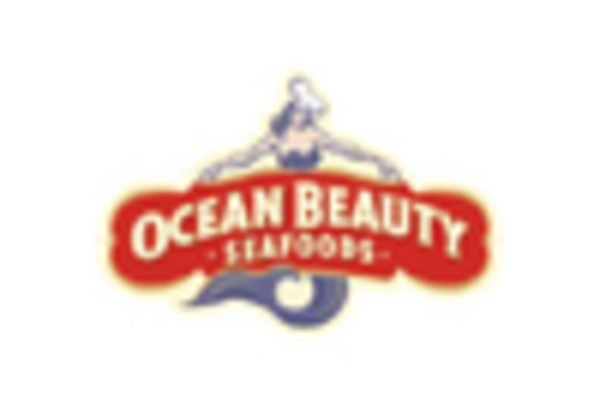
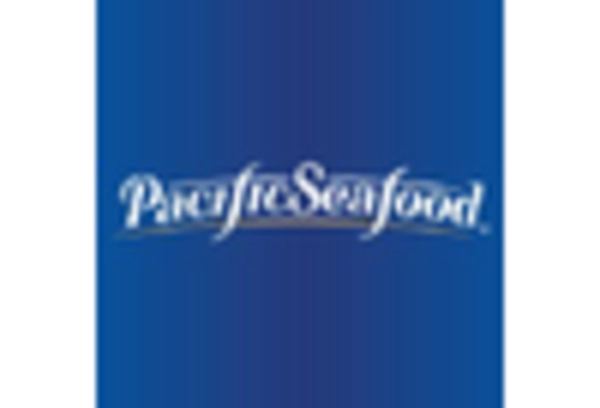
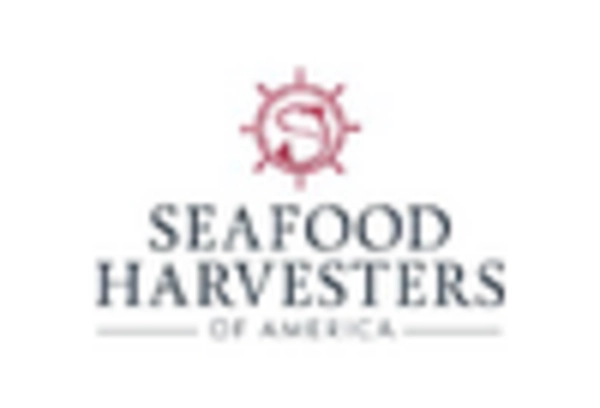
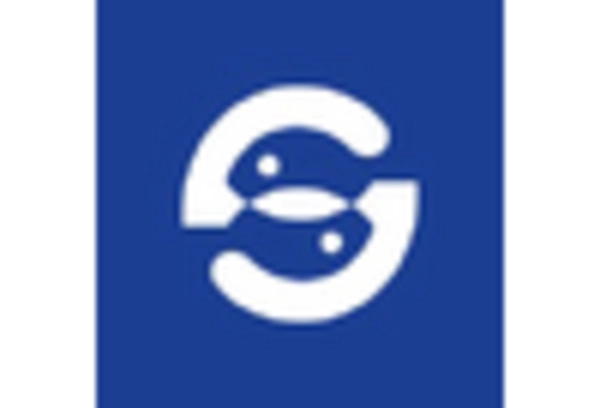
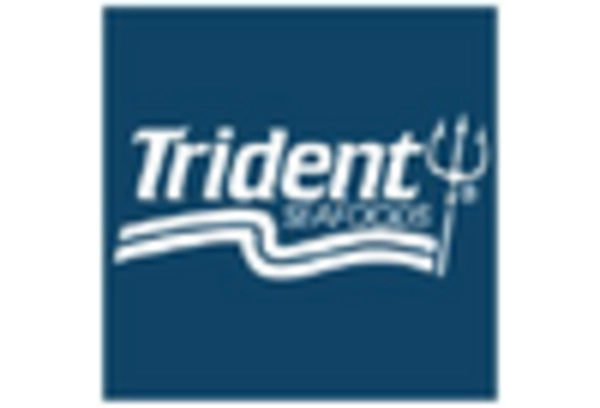








Leave a Comment